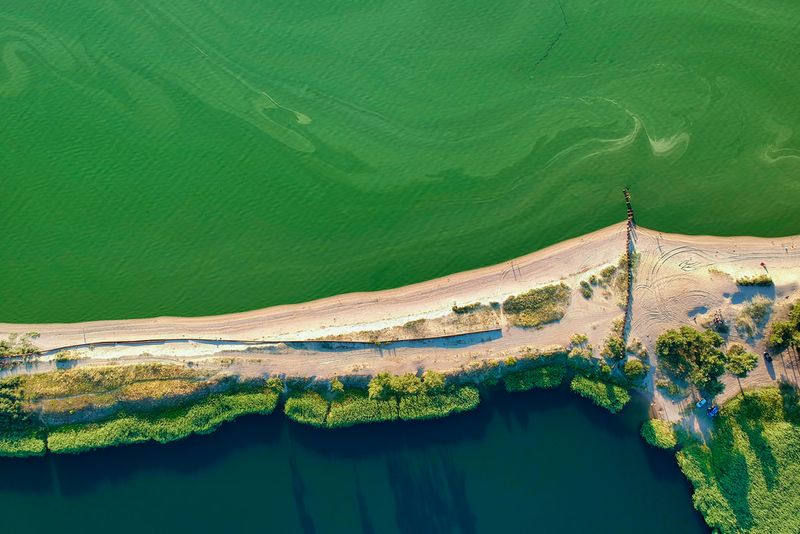The Earth’s ability to support large-scale human societies is in danger of expiring thanks to our continued reliance on environmentally destructive practices. According to an alarming new study, we’ve now transgressed six of the nine “planetary boundaries” that delineate the upper limits of damage that the Earth can take while continuing to provide hospitable living conditions for our species.
First introduced in 2009, the planetary boundaries framework describes nine vital Earth system constraints that must be respected in order for the global environment to remain within the stable limits that define the Holocene. Beginning some 12,000 years ago, this geological epoch has been characterized by minimal temperature and precipitation fluctuations, providing the conditions that have allowed all of the great human civilizations to emerge.
However, the increase in carbon emissions since the Industrial Revolution has altered the global climate, bringing us outside the Holocene’s window of variability and into unchartered territory that has been dubbed the Anthropocene. An analysis in 2015 revealed that six of the nine planetary boundaries had already been overstepped, and the new study indicates that we have continued to move in the wrong direction over the past eight years.
“This planetary boundaries framework update finds that six of the nine boundaries are transgressed, suggesting that Earth is now well outside of the safe operating space for humanity,” write the researchers. “The transgression level has increased for all boundaries earlier identified as overstepped [in 2015],” they add.
Unlike the previous analysis, this latest study provides numerical values for each of the nine boundaries, thus giving a tangible indication of just how far beyond these limits we have moved. For instance, when addressing the climate change boundary, the study authors explain that the safe limit for atmospheric concentration of carbon dioxide is 350 parts per million (ppm).
Their analysis reveals that this level was surpassed way back in 1988, although simulations show that emissions 35 years ago were still low enough that global temperatures would not have increased by more than 0.6°C (1.08°F) over the next 800 years. Unfortunately, however, carbon dioxide concentrations have since skyrocketed to 417 ppm, thus bringing about a much steeper rise in global warming.
Other overstepped planetary boundaries include land system change, freshwater usage, biogeochemical flows – which refers to the level of nitrates and phosphates added to natural ecosystems as a result of agricultural and industrial run-off – and "novel entities", which includes artificial pollutants like plastic and "forever chemicals". The study authors also highlight the importance of another boundary called biosphere integrity, which is measured according to the rate of species loss and the total amount of photosynthesis that is occurring across the globe.
According to the researchers’ calculations, the current extinction rate is about 100 times the background rate, while humans are now appropriating roughly a third of all the energy that should go into supporting biodiversity.
“Crossing six boundaries in itself does not necessarily imply a disaster will ensue but it is a clear warning signal,” explained study author Katherine Richardson in a statement. “We can regard it as we do our own blood pressure. A BP over 120/80 is not a guarantee of a heart attack but it increases the risk of one. Therefore, we try to bring it down.”
“For our own – and our children’s – sakes we need to reduce the pressure on these six planetary boundaries.”
Of the three planetary boundaries that have not been crossed, only ozone depletion is currently moving in the right direction, largely thanks to the reduction in chlorofluorocarbon (CFC) use as a result of the 1987 Montreal Protocol. The two remaining categories - ocean acidification and atmospheric aerosol loading - are still within the bounds of the “safe operating space”, but are rapidly heading towards the limit.
The study is published in the journal Science Advances.




